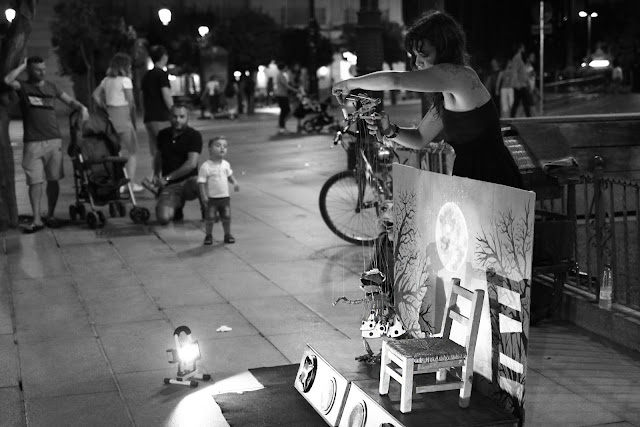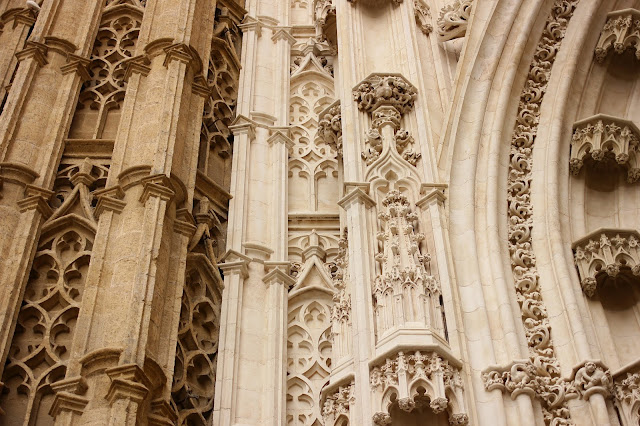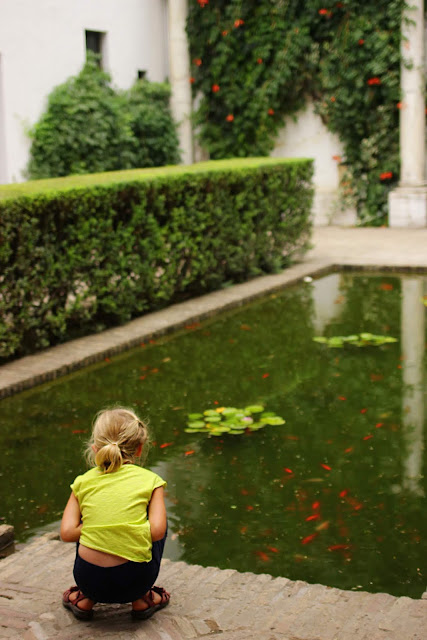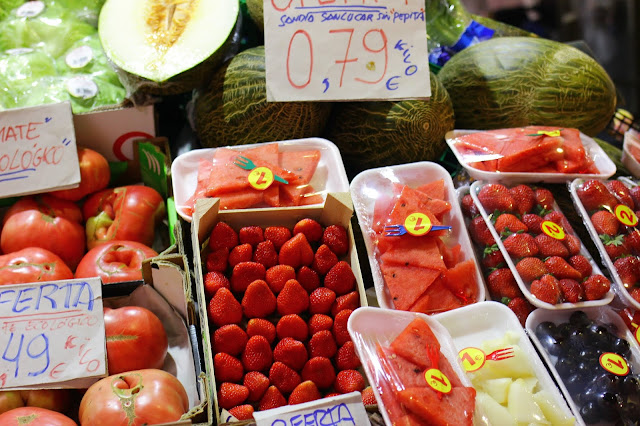Oh Seville, the heart and capital of Andalusia region! When you think about your most spanish associations like corridas, flamenco and tapas - it's all here.
What makes Spain so historically interessting is the European culture combined with its rich Moorish herritage. The Moors conquested Spain in 712 A.D. and the occupation lasted for 700 years. The arabic influences are strongly visible in andalusian architecture and urbanism which combined with dry and hot climate makes you feel as if you weren't in Europe anymore, but somewhere in northern Africa or Middle-East. Many names of cities, streets and rivers sound arabic, like the river that flows through Seville is called Guadalquivir. It's really unique. The most iconic tourist attractions in Seville are of Moorish origin, but I will come to it later on.
Speaking of rivers, it's also worth mentioning that after Columbus's expedition to the New World all the spanish conquests in the XVIth century departed from Seville making it a glorious and rich economical centre of Spain and caused its rapid development.
But enough of the historical blabbing for now, let's go explore the streets of Seville!
Flamenco actually originated in Seville and its tradition remains strong, there are many venues that offer exclusive flamenco performances or (if you travel with a small budget) you can stunble upon the dancers performing on the streets.
As in most west-european cultures the narrow spanish streets are cramped with restaurants, bars and cafes. However when in Andalucia you should head straight on to a tapas bar. It's probably my favourite way of eating in a foreign country. Tapas are appetizers or snacks or simply small portion of any dish from spanish quisine. You can get a small paella or small portion of meatballs with sauce and potaos or spinach with chickpeas, its really an infinite combination of dishes. It's a great way of getting a few dishes in one meal without eating too much and the best part - they cost merely from 2 up to 4 euros for one.
Another thing I loved about andalusian cuisine customs is getting a free plate of fresh olives as an appetizer.
Seville is home to the biggest gothic building in the world. It's the cathedral, obviously. But apart of being super large and impressive it has another quirkiness that gives it unique value. It was converted to a cathedral from a moorish mosque and adjusted to fit catholic customs. Some orignal elements were unaltered, though. The bell tower, La Giralda, is a former minaret and with an impressive height of 105m it makes an outstanding viewpoing. Another moorish element is Patio de los Naranjos (orange tree courtyard) with a fully oriental vibe.
Real Alcazar is the highlight of Seville. It's a castillian christian palace built on an arabic fortess after the christian conquest of the city. It still has parts of arab culture and is an excellent example of Mudejar (post-moorish christian) architecture in the Iberian Penninsula.
The palace complex is enormous consisting of a number of palaces, coutryards, gardens and pavillions. Definitely was worth standing in a long queue.
Plaza de Espania is another important point of Seville's "must-see" list.





















































































































































































0 komentarze